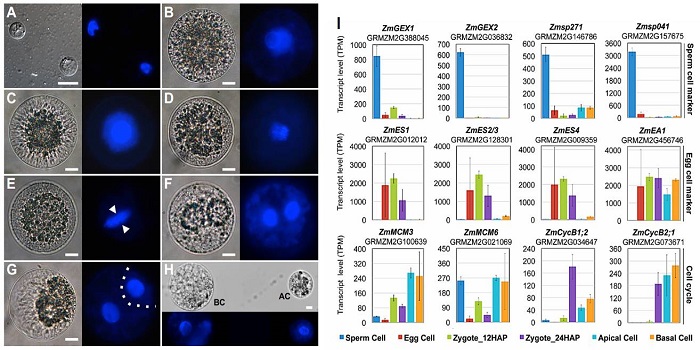
Zygotic genome activation occurs shortly after fertilization in maize
Blog, Plant Science Research Weekly, Research, Research Blog0 Comments
/
A plant’s life begins with the fusion of haploid egg and sperm cells to produce a diploid zygote. Many of the processes that control early development are under the control of the maternal genome, but at some point there is a shift towards zygotic control. Chen et al. investigated when this shift occurs…
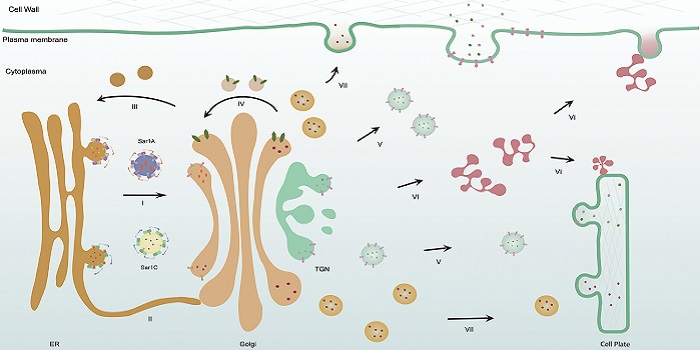
Reviews: Conventional and unconventional protein secretion ($)
Blog, Plant Science Research Weekly, Research, Research BlogTwo reviews in the Journal of Experimental Botany provide updates about protein secretion from plant cells. Wang et al. (10.1093/jxb/erx262) describe the conventional and unconventional pathways of protein secretion. The conventional pathway for protein secretion starts with insertion of the nascent…

Aquaporins facilitate hydrogen peroxide entry into guard cells to mediate ABA- and pathogen-triggered stomatal closure ($)
Blog, Plant Science Research Weekly, Research, Research BlogGuard cells are crucial gatekeepers that control entry and exit of gases, water vapor, and pathogens. Rapid stomatal pore closure in response to pathogen perception or the hormone abscisic acid (ABA) is supported by activation of the aquaporin (water channel) PIP2;1. Rodrigues et al. investigated the…

A Regulator of Calcium Signatures Revealed
Blog, Plant Physiology, Plant Physiology: On The Inside, Research, Research BlogCalcium (Ca2+) is an important cellular second messenger for diverse developmental processes and environmental responses in both plants and animals. Transient increases in cytosolic Ca2+ are activated in plants during a host of environmental and developmental processes, including root growth, stomatal…
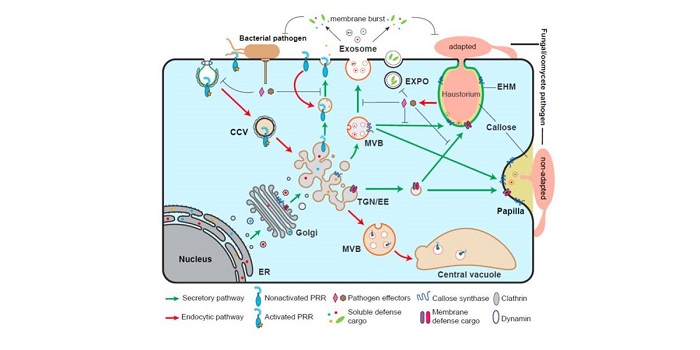
Reviews: Membrane and vesicle trafficking in plant immunity and beyond ($)
Blog, Plant Science Research Weekly, Research, Research BlogNew reviews cover the hot topic of membrane and vesicle trafficking in plant immunity. Gu et al. (Mol. Plant 10.1016/j.molp.2017.07.001) provide an overview of the two membrane trafficking pathways: the secretory pathway involved in movement of antimicrobials, defense proteins and cell wall components…
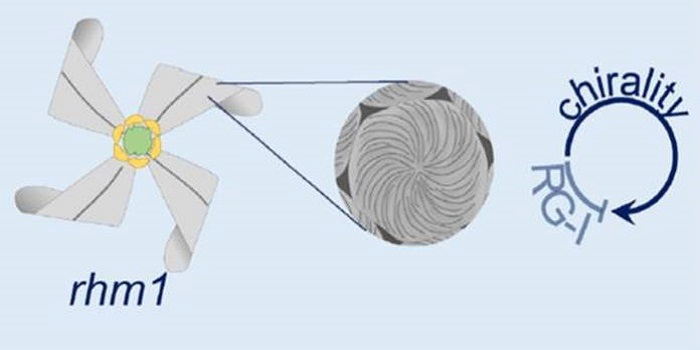
Rhamnose-containing cell wall polymers suppress helical plant growth independently of microtubule orientation
Blog, Plant Science Research Weekly, Research, Research BlogSaffer et al. identified an Arabidpsis mutant with swirled petals and with petal epidermal cells that show a left-handed (but never right-handed) twist. They mapped the mutation to the RHAMNOSE BIOSYNTHESIS1 (RHM1) gene, which is most highly expressed in petal epidermal cells and encodes an enzyme that…
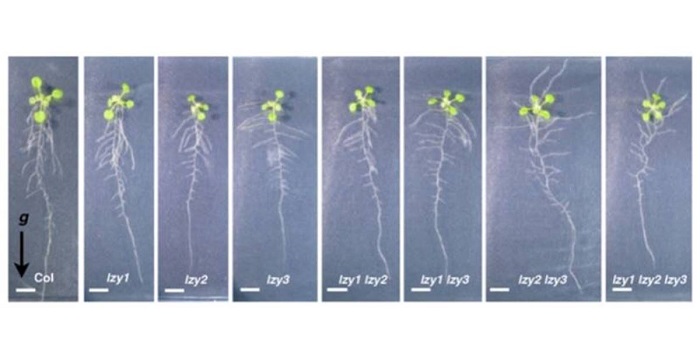
LAZY1 family contributes to gravity signaling within statocytes and branch angle control of roots and shoots
Blog, Plant Science Research Weekly, Research, Research BlogIt’s easy to demonstrate that plants sense gravity, and we also know that statocytes are involved in the perception of gravity. Statocytes are gravity-sensing cells that contain dense starch-containing amyloplasts that move within the cell in the direction of gravity. Differential growth to accommodate…
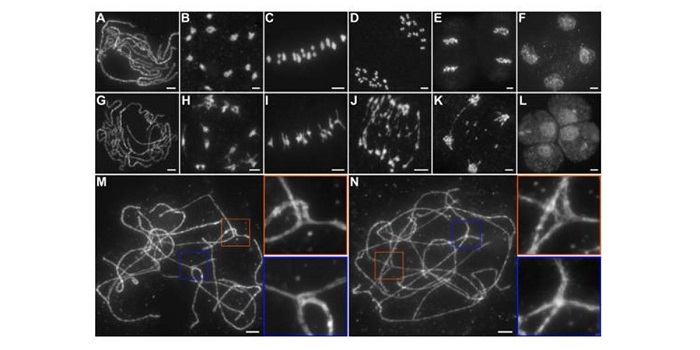
MEICA1 (meiotic chromosome association1) interacts with TOP3α and regulates meiotic recombination in rice
Blog, Plant Science Research Weekly, Research, Research BlogHu et al. found a sterile rice mutant defective in meiosis. They mapped it to MEICA1, a widely conserved but uncharacterized protein required to ensure crossovers occur between allelic regions of chromosomes. It also inhibits allelic homologous recombination. This adds to a suite of proteins eukaryotic…

Review: The evolution of calcium-based signalling in plants
Plant Science Research Weekly, Research BlogCalcium signalling is a ubiquitous process in plants and other organisms. Transporters at the plasma and vacuolar (tonoplast) membranes control entry and exit of calcium ion into the cytoplasm, and it is the cytoplasmic calcium level ([Ca2+]cyt) that affects cellular responses, as calcium-binding proteins…

